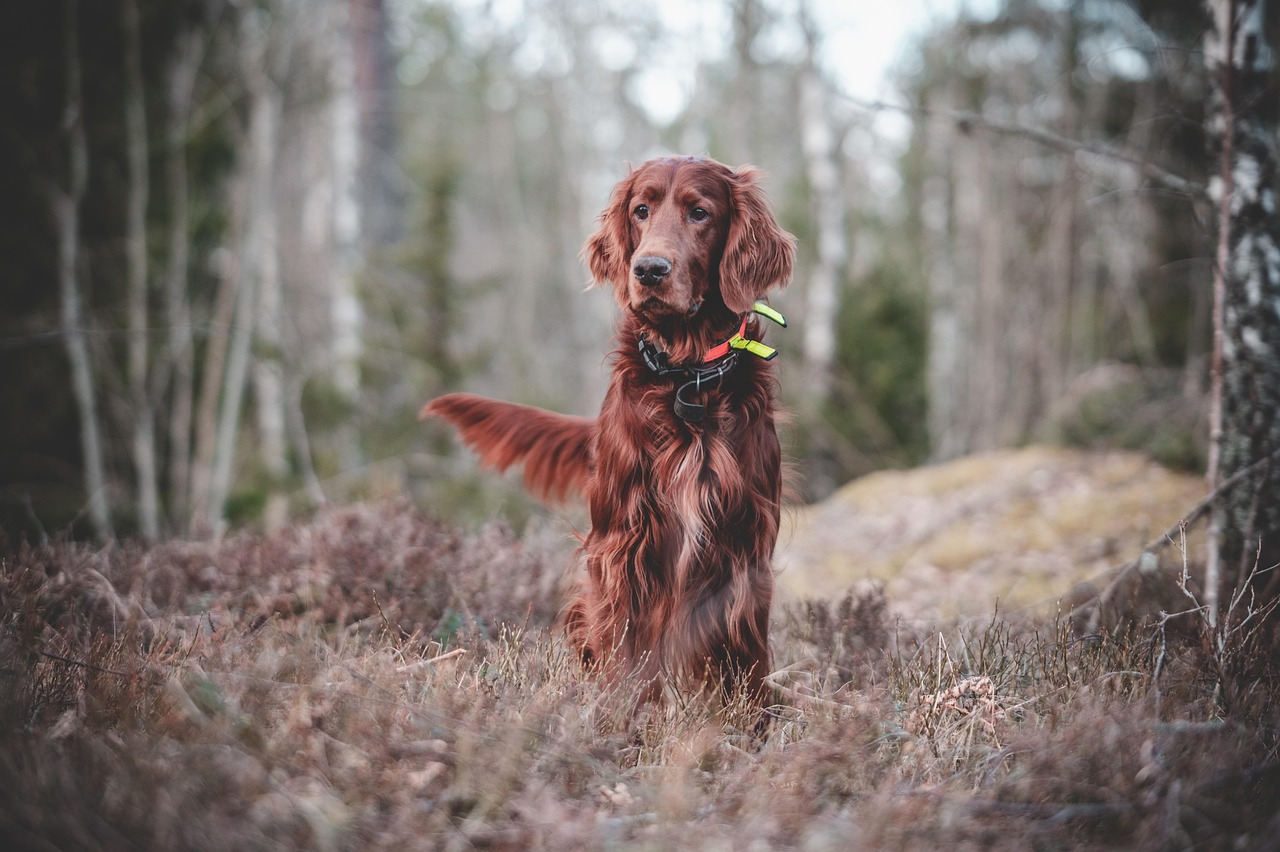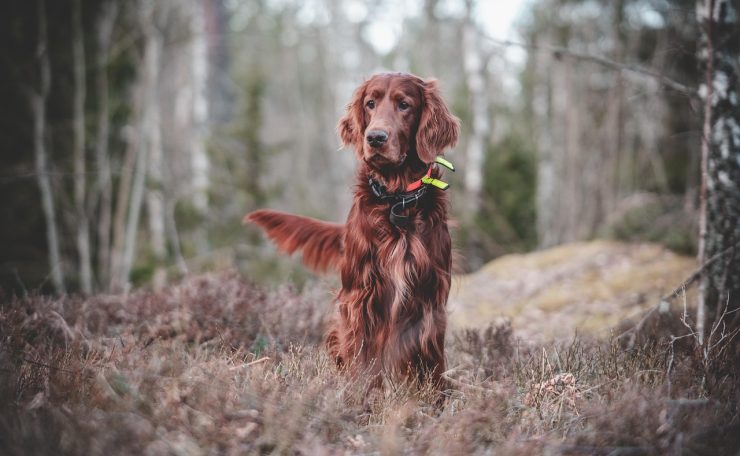Effective Puppy Training Tips for Happy and Well-Behaved Pups
Puppy Training: A Comprehensive Guide
Welcoming a new puppy into your family can be an exciting and rewarding experience. However, it also comes with a lot of responsibility, especially when it comes to training. Proper training is essential to ensure your puppy grows into a well-behaved and well-adjusted dog.
Choosing the Right Training Method
With so many different training methods available, it can be overwhelming to choose the right one for your puppy. Some popular methods include positive reinforcement, obedience training, and clicker training.
Positive reinforcement training focuses on rewarding good behavior rather than punishing bad behavior. This method encourages puppies to learn through repetition and reward. It’s an effective way to train puppies, especially for first-time owners.
Obedience training is another popular method that focuses on teaching basic commands such as sit, stay, and come. This method is ideal for puppies that will be working as service dogs or performing in dog sports.
Clicker training is a type of positive reinforcement training that uses a small device called a clicker to mark good behavior. The clicker is used to signal to the puppy that it has performed the desired behavior, and then it’s rewarded with a treat.
Housebreaking
Housebreaking is one of the most crucial aspects of puppy training. Puppies have small bladders and can’t hold their urine for long periods of time. They also have accidents, so it’s essential to be patient and consistent.
To housebreak your puppy, establish a routine that includes regular feeding times and consistent potty breaks. Take your puppy outside to the same spot each time to create a routine and make it easier for them to learn.

Reward your puppy with treats and praise when they go potty outside. This positive reinforcement will help them associate going potty outside with good behavior.
Basic Commands
In addition to housebreaking, teaching your puppy basic commands is essential for their development and socialization. Here are some essential commands to get started:
- Sit: Hold a treat above your puppy’s head and move it backwards towards their tail. As they follow the treat with their nose, their bottom will lower into a sitting position.
- Stay: Start by having your puppy sit, then take a few steps back and say “stay.” Gradually increase the distance and time you’re away from your puppy.
- Come: Call your puppy by their name and say “come” in a happy, upbeat tone. Use positive reinforcement such as treats and praise when they respond.
Socialization
Socialization is a critical aspect of puppy training that involves exposing your puppy to new people, places, and experiences. This will help them develop confidence and reduce anxiety in unfamiliar situations.
To socialize your puppy, start by introducing them to new people, such as friends and family members. Then, gradually introduce them to new places, such as parks and pet stores.
Prevention of Behavioral Problems
Puppies can develop behavioral problems due to a lack of training or poor supervision. Some common behavioral problems include chewing, barking, and digging.
To prevent these problems, establish clear boundaries and provide consistent training. Make sure to supervise your puppy at all times, especially in areas where they may get into trouble.
FAQ
1. <strong>How often should I train my puppy?</strong>
Training your puppy should be a consistent and regular part of their daily routine. Aim to train your puppy for 10-15 minutes, 2-3 times a day. This will help them learn and absorb new information.
2. <strong>What is the best age to start training my puppy?</strong>
The best age to start training your puppy is from the moment they come home. Start with simple commands and gradually build up to more complex ones. With consistent training and positive reinforcement, your puppy will be well on their way to becoming a well-behaved adult dog.
3. <strong>How do I deal with accidents during housebreaking?</strong>
Accidents are an inevitable part of the housebreaking process. If your puppy has an accident in the house, stay calm and don’t scold them. Instead, clean up the area thoroughly and take your puppy outside to the same spot to try again. Consistency is key when it comes to housebreaking.
4. <strong>Can I use punishment-based training methods for my puppy?</strong>
Punishment-based training methods should be avoided at all costs. These methods can lead to fear and anxiety in your puppy, making them more likely to develop behavioral problems. Instead, opt for positive reinforcement training methods that focus on rewarding good behavior.
5. <strong>Why is it essential to socialize my puppy?</strong>
Socialization is critical for your puppy’s development and socialization. It exposes them to new people, places, and experiences, helping them develop confidence and reduce anxiety in unfamiliar situations. Consistent socialization will make it easier for your puppy to interact with others in a calm and well-adjusted manner.
6. <strong>Can I train my puppy myself, or do I need the help of a professional?</strong>
While professional trainers can provide valuable guidance, you can train your puppy yourself. With consistency, patience, and positive reinforcement, you can teach your puppy basic commands and help them develop good behavior.
Conclusion
Puppy training is an essential aspect of raising a well-behaved and well-adjusted dog. By choosing the right training method, focusing on housebreaking, teaching basic commands, socializing, and preventing behavioral problems, you can set your puppy up for success. Consistency, patience, and positive reinforcement are key to effective puppy training. With the right approach, you can help your puppy grow into a confident and lovable companion that brings joy to your family.

While achieving perfect behavior is unrealistic, you can strive to create a happy and well-adjusted puppy. By following the comprehensive guide outlined here, you can develop a strong bond with your puppy and help them thrive as they grow and mature.




